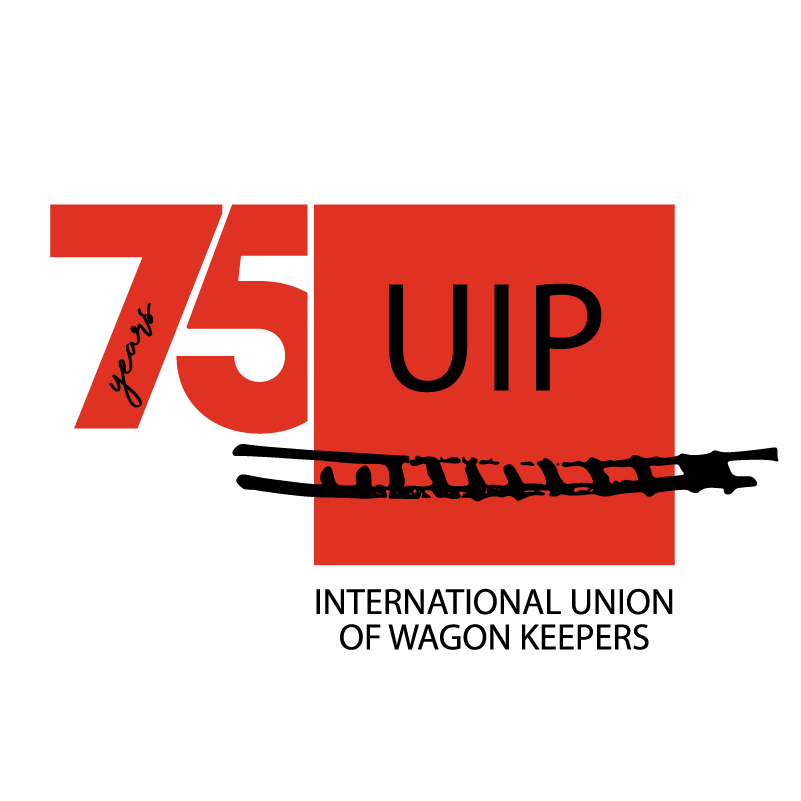Assuring the Quality and Integrity of Wagons in European Rail Freight Traffic
Traditionally State Railway Undertakings integrated Private Rail Freight Wagons in their own fleets by means of a registration contract and supervised both wagon maintenance and workshops on the basis of UIC leaflet 433, RIV and the COTIF convention of 9th May 1980. The EU liberalisation policy ended the special relationship between Railway Undertaking (RU) and the P-Wagon Owner and consequently the new COTIF (1999) introduced the Wagon Keeper as the responsible entity for a freight wagon, being either a RU or a P-Wagon Owner. Equally, freight wagons are not supposed to be treated differently based on ownership.
The traditional responsibilities of State railways such as registration, putting into service and overseeing safety were taken over by the National Safety Authorities (NSAs). This new situation, created by the abolition of monopolistic structures and the emergence of neutral responsibility for freight wagons by a “keeper” which is comparable to the situation in road transport, was not sufficiently considered when drafting the EU legislation on safety within the Community’s railways. Therefore, according to Article 4. 3 of the Directive 2004/49/EC, the responsibility for the safe operation of the railway system and the control of associated risks was laid exclusively on railway undertakings and infrastructure managers but omitted the independent “keepers” which represent a third of the European rail freight wagons.
UIP Proposal
The keeper of wagons should be introduced into the list of definitions of the Directive 2004/49/EC. This definition could serve as a reference to the different legal texts granting already limited responsibility to a keeper for his wagons. It is reminded
that already some national legislations (Germany, Poland) have foreseen obligations for the wagon keeper.
On the basis of this definition the wagon keeper should encompass responsibility for a vehicle in respect of its compliance to mandatory safety standards and maintenance regime.
To meet the safety requirements of the RU, a Standard Maintenance Format for all Keepers should be drawn up which supports both the ongoing use of current maintenance standards for existing wagons and the maintenance regime for new TSI wagons.
In this framework the keeper should have :
• A Maintenance Policy
• A Maintenance Plan for each type of wagon, listing actions to be undertaken at required periods. Existing RU plans should be made available to independent keepers free of charge.
• A Safety Performance Monitoring System (SPM) which enables the Keeper to meet the requirements of EU Directive 2001/16/EC Article 18 par.3 to effect the required constant or routine monitoring, adjustment and maintenance.
Such an SPM allows the keeper to control the safety requirements for his wagons, to set the pace for his maintenance and review his costs in an efficient but safe manner.
It is proposed, in addition, that the keeper’s safety maintenance system will be subject to accreditation by an NSA accredited body independent from an RU.
By so doing it can be demonstrated that the Keeper ensures safety in accordance with the requirements of EU safety rules and TSIs.

